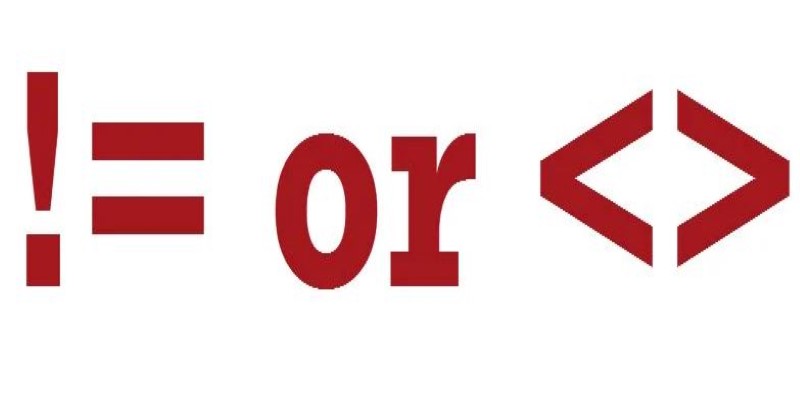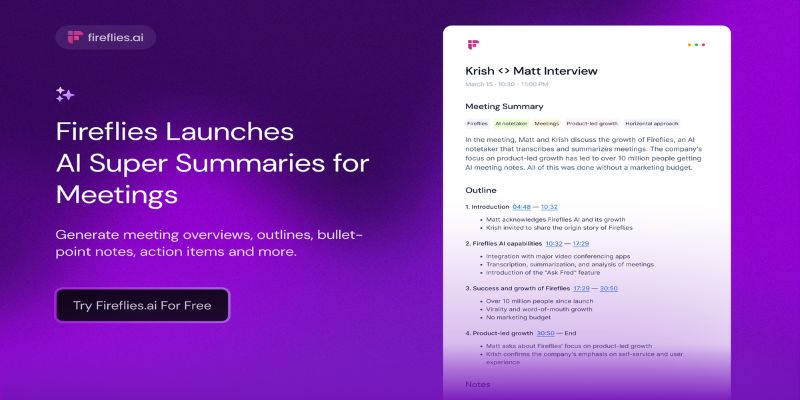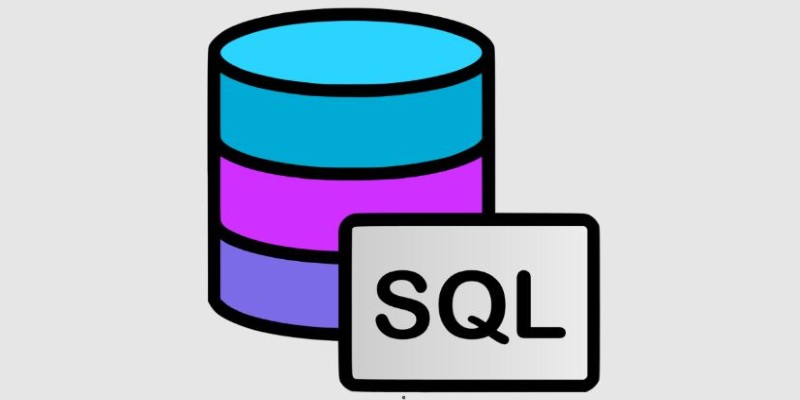If you’ve ever poked around in SQL, you know it's all about getting the data you need — not more, not less. Sometimes, you need to pull data that doesn’t match a certain value, and that’s where the Not Equal operator steps into the spotlight. It’s simple to use, but getting a real grasp on how it fits into different queries can make your SQL work a whole lot smoother. Let’s walk through how it works, where it fits best, and a few examples you can actually use.
What Is the Not Equal Operator in SQL?
SQL speaks a language of comparisons. Whether you're asking if something equals, is greater than, or falls between two values, comparison operators help you shape your results. The Not Equal operator does exactly what it sounds like: it finds records that do not match a certain condition.
There are two ways you can write it:
- <>
- !=
Both do the same thing, though <> is the traditional way, and you’ll still see it used a lot in older databases or textbooks. != has crept in thanks to programmers who are used to other languages like C, Java, or Python. Good to know: some older SQL systems may not fully support !=, so if you’re working on a legacy project, stick to <> just to be safe.
Example:
If you want to find all customers who aren't from Texas:
sql
CopyEdit
SELECT * FROM Customers
WHERE State <> 'Texas';
You’ll get everyone who lives somewhere other than Texas. Simple but super handy when narrowing things down.
Best Ways to Use the Not Equal Operator
It’s easy to toss in a <> and move on, but using it well means paying attention to a few things. Let’s go over where it makes the most difference.
Filtering Out Specific Results
Imagine you’re pulling a list of active users, and you don’t want to include anyone marked as "inactive." Instead of hunting for all statuses manually, just say:
sql
CopyEdit
SELECT * FROM Users
WHERE Status <> 'Inactive';
It keeps your query clean, and your results are exactly what you need.
Combining With Other Conditions

When you use NOT EQUAL along with other operators like AND or OR, your queries get sharper. Think of it like giving SQL multiple instructions at once.
Example: Find products that aren’t "Out of Stock" and cost more than $20:
sql
CopyEdit
SELECT * FROM Products
WHERE StockStatus <> 'Out of Stock' AND Price > 20;
Both conditions have to be true for a product to make the cut.
Using With NULL Values
Here’s where things can get tricky. In SQL, NULL means unknown. So if you try to compare something to NULL using <> or !=, it won't behave the way you think.
This doesn’t work:
sql
CopyEdit
SELECT * FROM Orders
WHERE ShippedDate <> NULL;
You won't get any results. Instead, use IS NOT NULL like this:
sql
CopyEdit
SELECT * FROM Orders
WHERE ShippedDate IS NOT NULL;
SQL treats NULL as a special case — so always swap in IS NOT NULL when you're dealing with empty or missing data.
Avoiding Unexpected Results
Sometimes, using Not Equal can trick you without warning. Say you’re filtering orders that aren't marked "Completed." If there are orders where the status is NULL, they won’t show up — because NULL <> 'Completed' is unknown, not true.
If you want to be extra careful, you could write:
sql
CopyEdit
SELECT * FROM Orders
WHERE Status <> 'Completed' OR Status IS NULL;
Now you're pulling both orders that are not completed and those that don't have a status at all.
Practical Examples You’ll Actually Use
It's one thing to understand syntax. It's another way to see how it works in the real world. Let's walk through a few useful examples you might run into.
Filtering Employees Not in a Department
You’ve got an employee database, and you need everyone not in the HR department:
sql
CopyEdit
SELECT EmployeeID, Name, Department
FROM Employees
WHERE Department <> 'HR';
Clean and easy.
Listing Products That Aren’t Discounted
If you’re working on sales reports, and you only want products without a discount:
sql
CopyEdit
SELECT ProductID, ProductName, Discount
FROM Products
WHERE Discount <> 0;
This way, you're seeing products that have some kind of discount — not the ones that are still full price.
Customers Who Didn't Place an Order
Joining tables? You might want a list of customers who haven’t placed an order yet. You can use a LEFT JOIN combined with IS NULL:
sql
CopyEdit
SELECT Customers.CustomerID, Customers.Name
FROM Customers
LEFT JOIN Orders ON Customers.CustomerID = Orders.CustomerID
WHERE Orders.OrderID IS NULL;
Here, IS NULL catches where there’s no match, which is a perfect real-world case where Not Equal alone wouldn’t work.
Performance Impact When Using the Not Equal Operator

When you're working with large tables, how you filter data can affect how fast your queries run. The Not Equal operator (<> or !=) can sometimes slow things down because it forces the database engine to scan more rows. Unlike a simple equality check, where the database can often jump straight to matching records using indexes, Not Equal comparisons usually require checking every row to make sure it doesn't meet the condition.
Example:
If you ask for all users who are not in a certain city:
sql
CopyEdit
SELECT * FROM Users
WHERE City <> 'New York';
The database needs to look through each row to verify the city is different, which can take longer on huge tables.
Tip:
If you're filtering millions of records, combining Not Equal with indexed columns or restructuring your query can help keep performance reasonable. Sometimes, it's faster to define exactly what you want rather than what you don’t want.
Closing Thoughts
Using the Not Equal operator is one of those little SQL tricks that sounds simple but can make a big difference when you’re building out queries. Whether you’re filtering out what you don’t want, combining conditions to make sharper lists, or making sure you handle NULLs properly, getting comfortable with <> and != will make your SQL work faster and a lot more accurate.
Once you get used to how comparisons behave — and where they might surprise you — writing better queries becomes second nature.











